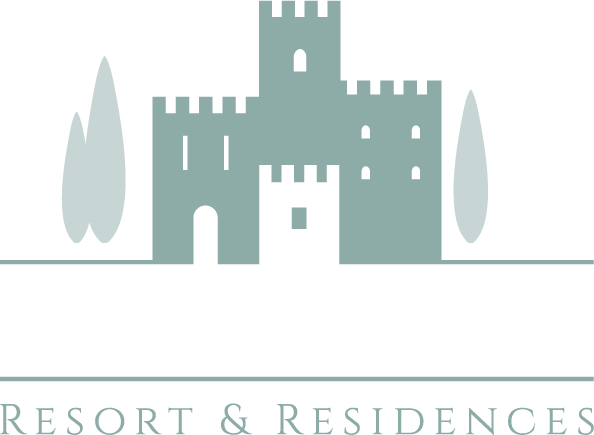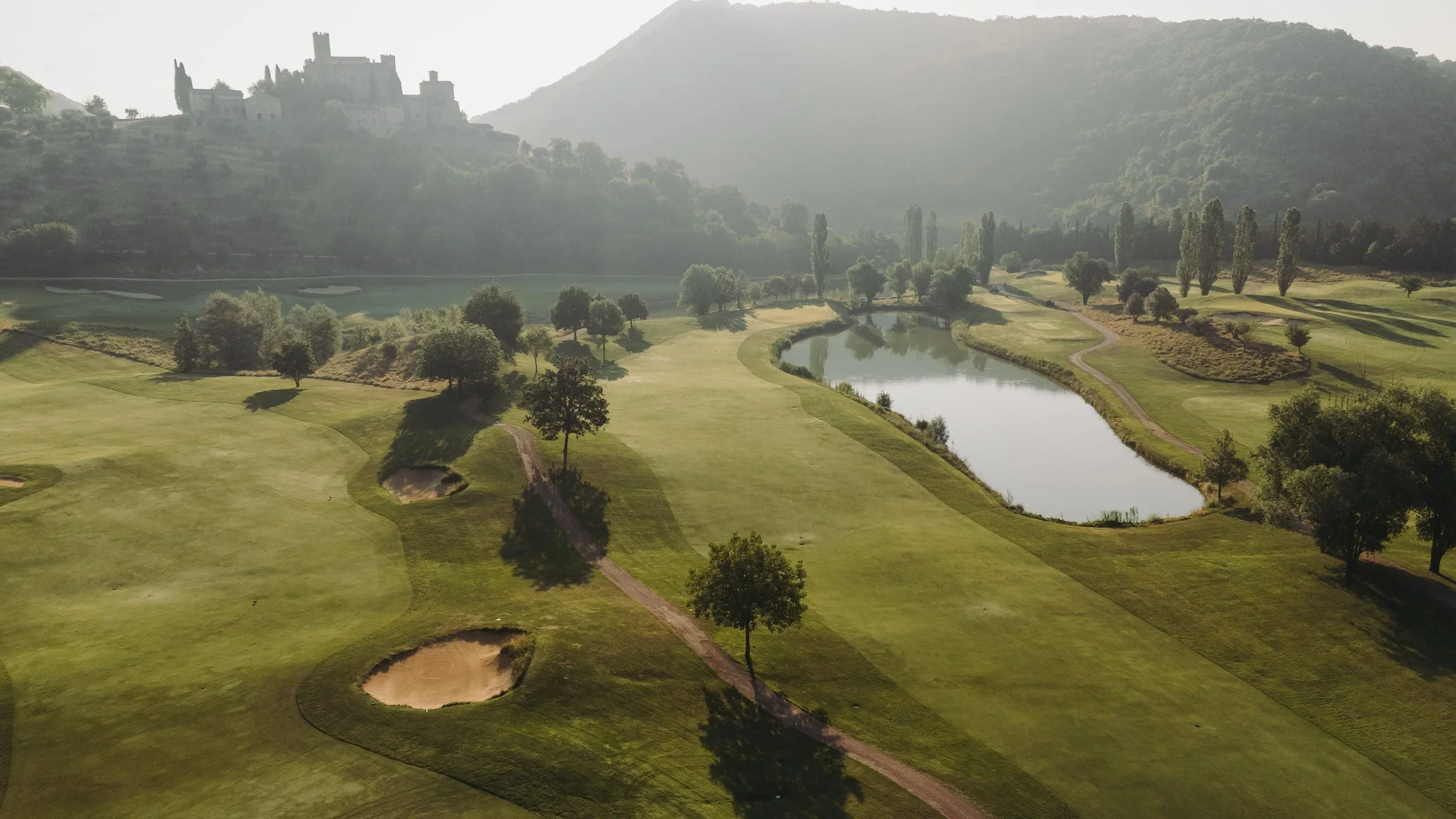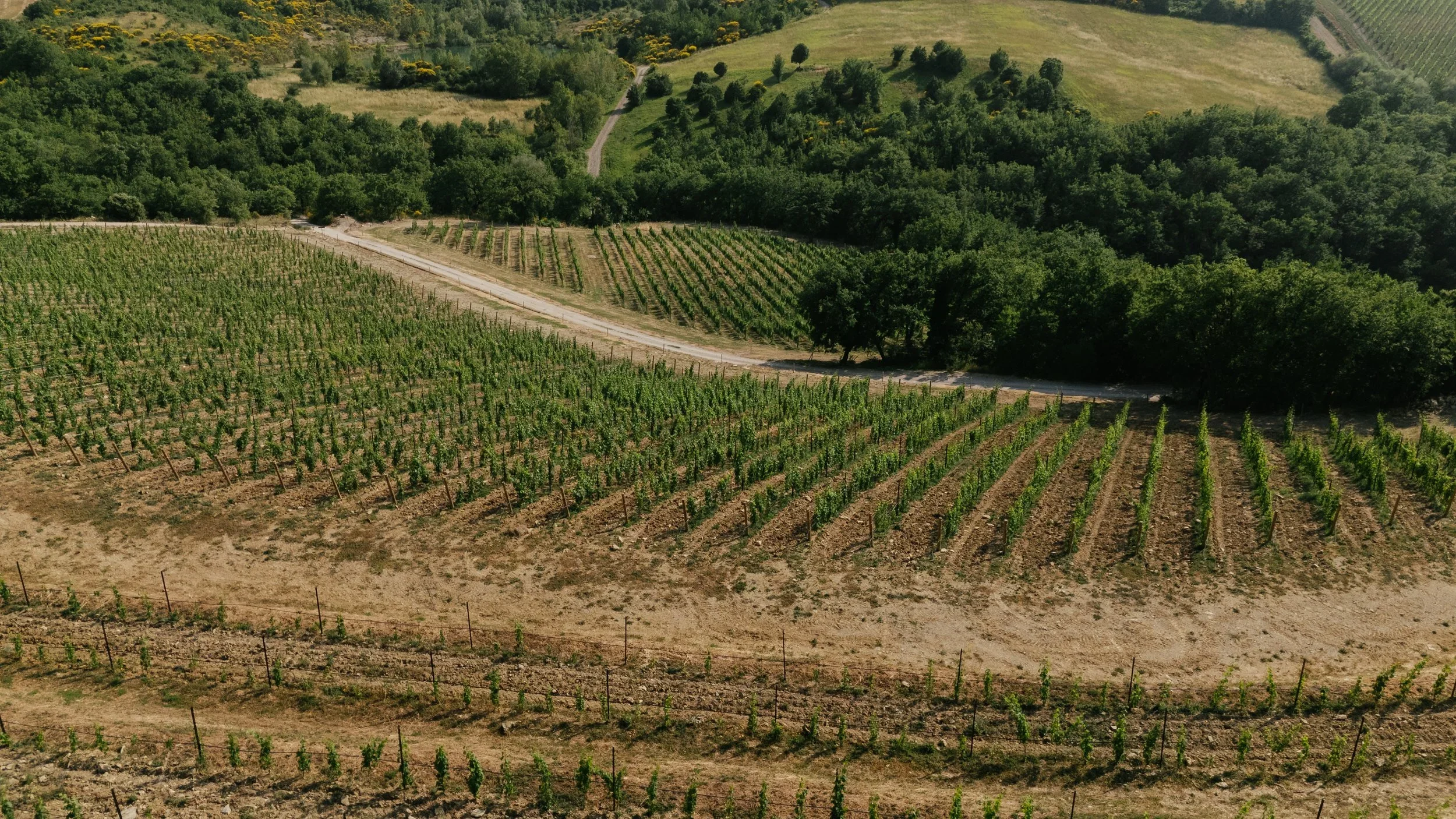
our story
More than a destination
Antognolla Is a place where centuries of history shape the present and a living expression of Umbria’s heritage.
12th century
monastery origins
The first official mention of a Benedictine monastery at Antognolla dates back to 1174 and relates to the renovation of the crypt, which had already been carried out by that time. Historical evidence suggests that an older Benedictine church had previously stood on the same location. The earlier church was decorated with unique frescoes that have been preserved to this day. In the early 12th century, the church was rebuilt; the new structure included an underground crypt with a church built on top of it.
13th century
family and name
The origins of the first owners of the castle, the Antognolla family and its founder, Ranalduccio, are unknown. However, the Antognolla name appears regularly throughout the history of Perugia from 1260 to the 16th century. One theory suggests that the name could have originally derived from Lucius Antonius, a Roman commander who hid in Perugia during the siege of 40 BC. It is more likely, however, that the name comes from Abbot Attone, a figure connected with the Benedictine monastery.
14th century
the role of fortress
In 1380, Antognolla was officially included on a list of castles and villas protecting the territory of Perugia. The list stated that Antognolla (or ‘Antignole’) was a villa located beyond Porta Sant’Angelo, the largest medieval gates of Perugia. On other more recent lists and maps, it is also referred to as a castrum, a fortified military base. As a fortress, it protected the passage between the valley of the Tiber River and Perugia.
feudal grant
In 1399, Pope Boniface IX issued a decree that promoted the county of Antognolla to a feudal property (a fief) and granted it to Count Ruggero of Antognolla.
17th Century
family transition
The Antognolla family ruled the estate until 1628, when Count Cornelio Oddi bought it from the Antognolla brothers: Bernardino, Cesare, Fermo, and Nicolò. The deal was approved by Pope Urban VIII.
18th century
oddi renovations
The Oddi family carried out various works to rebuild and enlarge the estate. In 1787, Count Lodovico Oddi and his brothers rebuilt the church, which was lying in ruins by that time, and discovered the crypt of Saint Herculanus below, which seemed to have been out of use (or at least not mentioned) since 1564.
19th Century
guglielmi purchase
In 1836, an entrepreneur from Rome, Marquis Giovanni Battista Guglielmi, purchased the county of Antognolla from the Oddi family.
guglielmi upgrades
guglielmi renovations
Over the course of the 19th century, the Guglielmi family carried out several renovations, from completely restoring the exterior of the castle and building a new gallery in the courtyard to planting a botanical garden with a panoramic terrace.
20th Century
family residency
The descendants of the Guglielmi family lived in the castle until the 1970s.
21st century
redevelopment
Redevelopment is led by a team headed by Andrey Yakunin, a British real-estate investor and hospitality developer. Since 2011, his team has delivered several hotels in cooperation with IHG that were branded and managed by the group. To develop Antognolla, Andrey has partnered with Alessio Carabba Tettamani, one of the largest landowners in the region, recognised by the Umbria region for his efforts in the local hospitality industry and a recipient of a Baiocco d’oro award. In 2016, Antognolla S.p.A. began developing the estate with the goal of restoring the castle and transforming the property into a Six Senses resort with branded residences.
*The image in the box is a computer-generated image (CGI) showing the future development of the project.
golf
Originally built in 1997, Antognolla Golf underwent a major transformation in 2018. That year, the renowned golf course architect Robert Trent Jones Jr returned to Antognolla to redesign and modernise his original creation. This landmark renovation marked the beginning of a new era, establishing Antognolla as one of the most sustainable and acclaimed golf courses in Europe.
vineyards
In 2020, Antognolla joined forces with the renowned oenologist Riccardo Cotarella to restore neglected plots and plant new vineyards. Mr Cotarella personally oversaw the selection of vineyard plots, ensuring alignment with both the choice of grape varieties and the estate’s qualitative vision. The planting phase began in 2021 and was completed in 2023, covering a total of 8 hectares. The first Chardonnay grapes were harvested in September 2023, and the wine was bottled in April to make sparkling wine using the traditional method, known as metodo classico. The first Merlot grapes were harvested in September 2024, and the wine is now aging in oak barrels.













